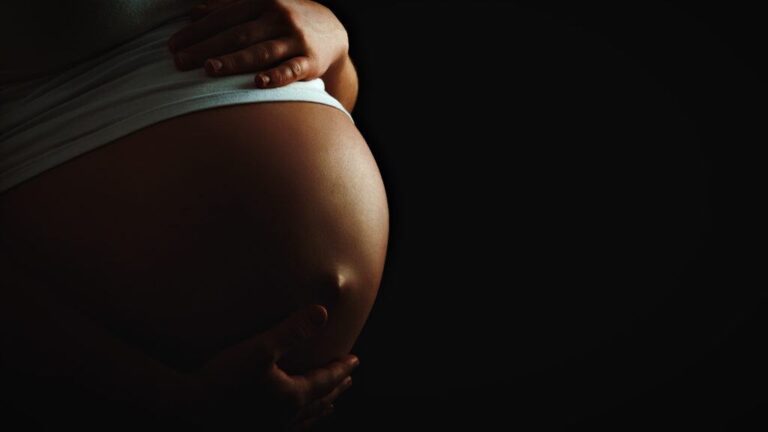PROVIDENCE — Maternal deaths in the United States doubled during the height of the COVID-19 pandemic, as the health crisis disrupted prenatal and postpartum care and exacerbated inequities in the nation’s health care system, according to a new study from researchers at Brown University, Columbia University, and the University of Oxford.
The study, published Monday in JAMA Pediatrics, found the adjusted rate of maternal deaths jumped to 18.9 deaths for every 100,000 live births in 2021 — a dramatic rise over the previous two decades, when rates were typically between 6.8 and 10.2 deaths per 100,000 live births. Researchers analyzed national maternal mortality data from the US Centers for Disease Control and Prevention from 2000 to 2023 for their report.
According to Brown, increases were reported “across nearly every age and racial group.” The South experienced the largest regional increase in deaths. The Northeast, meanwhile, was the “only region where the change was not statistically significant,” university officials said.
“Researchers linked the spike to pandemic-related disruptions in prenatal and postpartum care, greater exposure to infection and pre-existing inequities in the health care system,” Brown officials said in a statement. “Maternal mortality rates declined again in 2022 to pre-pandemic levels.”
The study’s senior author, Seth Flaxman of the University of Oxford, said researchers started their work by asking if the number of pregnant women who die in the United States each year has gone up or down since 2000.
“As is so often the case in public health, the numbers do not speak for themselves,” Flaxman said in a statement. “At the height of the COVID-19 pandemic, pregnant women died at significantly higher rates than they did before the pandemic. But when we took a careful look at the two decades before the pandemic, we found remarkably little change: in 2019 and 2023, pregnant women died at roughly the same rates as they did a generation earlier.”
Brown officials said the study’s findings challenge the “assumption that maternal mortality has risen steadily in the U.S. over the last two decades.”
According to researchers, the study focused on how trends were impacted since the early 2000s by the addition of a checkbox on death certificates that indicates whether the deceased was pregnant.
“We wanted to understand the trends in maternal, fetal and infant deaths in the U.S., but that turned out to be tricky because this checkbox was rolled out gradually,” Alyssa Bilinski, a coauthor on the study and an assistant professor of health services, policy and practice and of biostatistics at Brown, said in a statement. “Around this time, we observed an increase in maternal deaths.”
Bilinski said the gradual rollout of the checkbox helped researchers “to study its impact as a kind of quasi-experiment.”
“Doing that, we could see that the very large proportion of the observed increase was due to the checkbox,” Bilinkski said.
Still, the findings confirmed some alarming trends, such as the “longstanding racial disparities in maternal outcomes,” Brown officials said.
“Across all time periods studied, Black women consistently experienced maternal death rates about three to four times higher than those of white women,” officials said.
Black women now more than three times as likely as white women to die in childbirth in US
Data also showed that throughout the study period, Black infants experienced the highest infant mortality rates.
According to Brown, the researchers plan to continue probing how changes in reporting maternal mortality may have impacted different demographics and how “maternal health trends are changing with shifts in reproductive care.”
The researchers also said the study shows how important it is to accurately track this kind of data, as Brown officials noted the study arrives as “massive job and funding cuts at federal health agencies have impacted researchers who study maternal mortality.”
“Our results underscore the importance of investing in systems that systematically collect and rigorously analyze maternal and infant health data to inform policy,” Bilinski said. “They also suggest additional questions, particularly about how best to reduce significant racial disparities in poor outcomes and how to best understand the comparability of U.S. metrics to peer countries.”




Comment count: